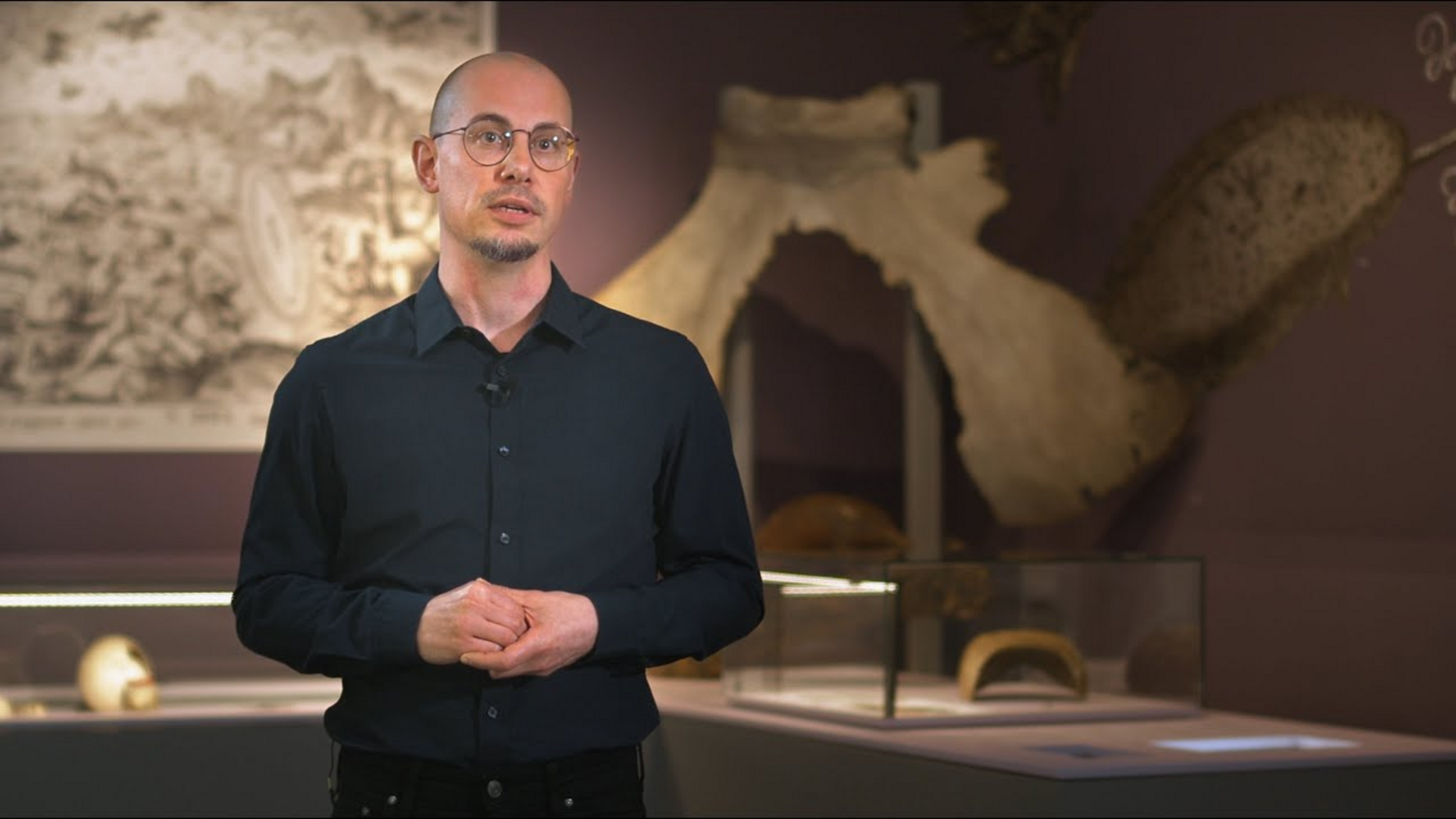People in the early modern period often interpreted books that remained almost intact in fires as a great miracle. Several prints were also sent to the Francke Foundations, which are said to have withstood the flames. In addition to the Bible, the most important genres of Protestant edification literature were represented in the form of prayer books, devotional books and hymnals. They were regarded as an expression of the special divine protection that lay over these books, which were widely read in Pietist circles.
Room
















![[Translate to English:] [Translate to English:]](fileadmin/_processed_/files/7/b/csm_Franckesche_Stiftungen-Kunst-_und_Naturalienkammer_mit_Weltenmodell_Thomas_Meinicke_f7508a6251.jpg)





